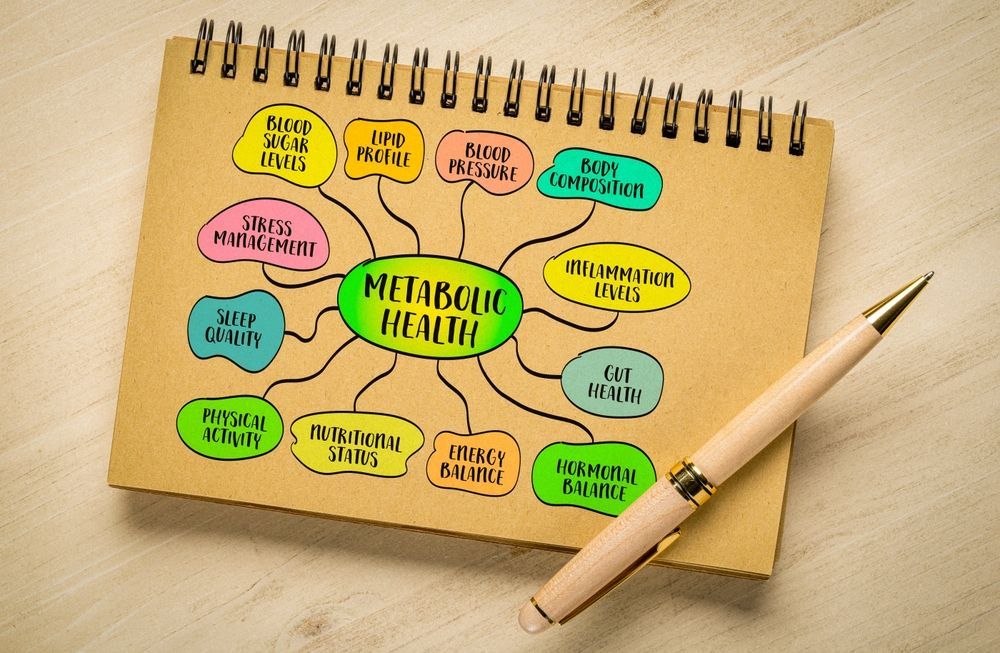Best IV Therapy for Combating Dehydration After Travel

Dehydration is a common issue that many travelers face after their trips. Whether it’s due to flying at high altitudes, spending hours in the sun, or simply not drinking enough fluids, it’s essential to understand how to recover effectively. One of the best solutions to combat dehydration is through IV therapy. This article explores the nuances of dehydration after travel, delves into the science of IV therapy, and provides guidance on the best solutions and practices for recovery.
Understanding Dehydration After Travel
Dehydration occurs when your body loses more fluids than it takes in. After traveling, especially by air or in hot climates, you may find yourself in a dehydrated state without even realizing it. Understanding the underlying cause of dehydration is crucial for effective treatment.
Causes of Post-Travel Dehydration
Several factors contribute to dehydration after traveling:
- Altitude Changes: Airplane cabins can have low humidity levels, leading to fluid loss through breathing.
- Environmental Factors: Spending time outdoors in hot and sunny climates increases sweat production.
- Dietary Changes: Alterations in food and drink habits while traveling can significantly impact hydration levels.
- Physical Activity: Increased activity levels during travel can also accelerate fluid loss.
Symptoms of Dehydration to Look Out For
Recognizing the symptoms of dehydration is important for timely intervention. Some common signs to watch for include:
- Thirst and dry mouth
- Fatigue and dizziness
- Dark yellow urine
- Headaches
- Dry skin and lack of elasticity
If you notice any of these symptoms after your travel, it may be time to consider an IV therapy solution to replenish lost fluids and nutrients.
In addition to these symptoms, you might also experience a decrease in cognitive function, which can affect your ability to concentrate and make decisions. This is particularly concerning for travelers who need to navigate unfamiliar environments or operate vehicles. Furthermore, dehydration can exacerbate pre-existing health conditions, such as kidney stones or urinary tract infections, making it essential to stay vigilant about your hydration status during and after travel.
To combat dehydration effectively, it's advisable to proactively hydrate before, during, and after your journey. Carrying a reusable water bottle can serve as a constant reminder to drink water, and consuming hydrating foods like fruits and vegetables can also contribute to your fluid intake. Additionally, electrolyte-rich beverages can be beneficial, especially after long flights or strenuous activities, as they help restore the balance of fluids and essential minerals in your body.
The Science Behind IV Therapy
Intravenous (IV) therapy is a medical technique that involves delivering nutrients and fluids directly into the bloodstream. This method allows for rapid absorption and immediate benefits, making it an ideal solution for rehydration.
How IV Therapy Works
During an IV therapy session, a healthcare professional will insert a small catheter into a vein, usually in the arm. Once the IV is started, a sterile solution of fluids, electrolytes, and vitamins is infused directly into your bloodstream. The body absorbs these nutrients much faster than through oral intake, leading to quick hydration and revitalization.
Benefits of IV Therapy for Dehydration
There are numerous advantages to using IV therapy as a treatment for dehydration:
- Quick Rehydration: IV therapy replenishes fluids much faster than drinking water.
- Comprehensive Nutrient Delivery: It allows for simultaneous delivery of vitamins and minerals essential for recovery.
- Customizable Solutions: IV formulations can be tailored to individual hydration needs and health conditions.
Top IV Therapy Solutions for Dehydration
When looking into IV therapy for dehydration, two popular solutions stand out for their effectiveness:
Saline Solution: A Hydration Powerhouse
Saline solution is a basic yet powerful option that contains a mix of water and salt. By restoring electrolyte balance, it helps to hydrate the body efficiently. This solution is particularly effective for those with mild to moderate dehydration and can be used as a standalone treatment.
Vitamin Infusion: Boosting Your Recovery
Vitamin infusions are another excellent option for post-travel recovery. These solutions often include essential vitamins such as Vitamin C, B-complex, and electrolytes to further enhance hydration and energy levels. The combination of fluids and vitamins provides a holistic approach to recovery.
Preparing for Your IV Therapy Session
Preparation is key to a successful IV therapy experience. Knowing what to expect can help eliminate any anxiety and ensure a smooth process.
What to Expect During Your Session
During your IV therapy session, a healthcare professional will first assess your hydration needs. After preparing the saline or vitamin solution, they will insert the IV. The entire process usually takes between 30 minutes to an hour, depending on the complexity of the solution being delivered. Patients are encouraged to relax, read, or even take a nap during the session.
Post-Session Care and Tips
After your IV therapy, it's important to maintain hydration throughout the day. Drink plenty of water and consider avoiding alcoholic beverages or overly caffeinated drinks for a few hours to support your recovery. Additionally, monitoring your symptoms can help track your hydration status effectively.
Safety and Efficacy of IV Therapy for Dehydration
While IV therapy is generally safe, it’s essential to be aware of potential side effects and understand why this method is effective for combating dehydration.
Potential Side Effects of IV Therapy
Some individuals may experience mild side effects, including:
- Minor discomfort at the injection site
- Bruising
- Allergic reactions to ingredients
These side effects are generally mild and temporary, and most people find that the benefits of IV therapy for dehydration far outweigh the risks.
Why IV Therapy is Effective for Post-Travel Dehydration
The speed and efficiency of IV therapy make it a remarkable treatment option for travelers suffering from dehydration. By delivering fluids and nutrients directly into the bloodstream, it ensures that your body receives swift nourishment and hydration, quickly alleviating symptoms and restoring balance.
In conclusion, IV therapy is a highly effective method for combating dehydration after travel. Understanding the causes and symptoms of dehydration, along with knowing how IV therapy works, can empower you to make informed decisions about your health. If you’re planning to travel soon, consider incorporating IV therapy into your wellness routine to ensure a smooth and enjoyable journey.










